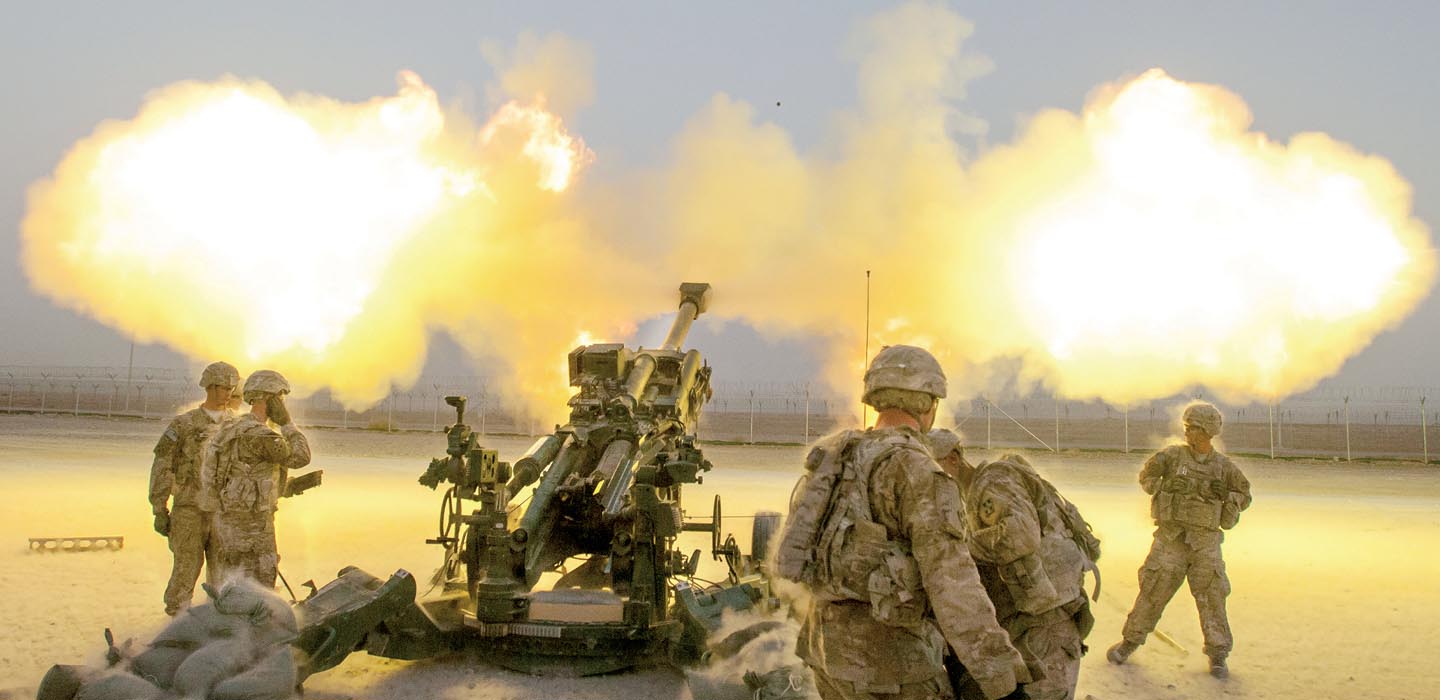We’ve already made huge strides. While the Taliban and other extremist groups continue to carry out high-profile attacks, these are essentially acts of desperation, as their control remains limited to rural regions and their leaders remain outside of Afghan territory. Unlike under the brutal era of Taliban rule, Afghans are free to choose their leaders. In many parts of the country, women and girls have rights that in the past they could only dream of. Millions of children unable to attend school during the era of Taliban rule now have hope for the future. American troops and involvement have been key to these successes, and if we remain focused on our mission in Afghanistan, more progress will follow.
On the flip side, the risks of a hasty American withdrawal are clear. One need look no further than the damage done by the U.S. withdrawal from Iraq in 2011, which led to the rise of ISIS and eventual attacks on the U.S. homeland. In Afghanistan, the stakes are high. The U.S. presence there is essential to ensuring that terrorists don’t use the country as a safe haven from which to attack us, as they did during the 1990s and on 9/11.
As the U.S. continues to support an often struggling Afghan government, the task appears difficult, but we can and must succeed in Afghanistan to ensure security here at home.
—JAMIE FLY
German Marshall Fund of the United States

